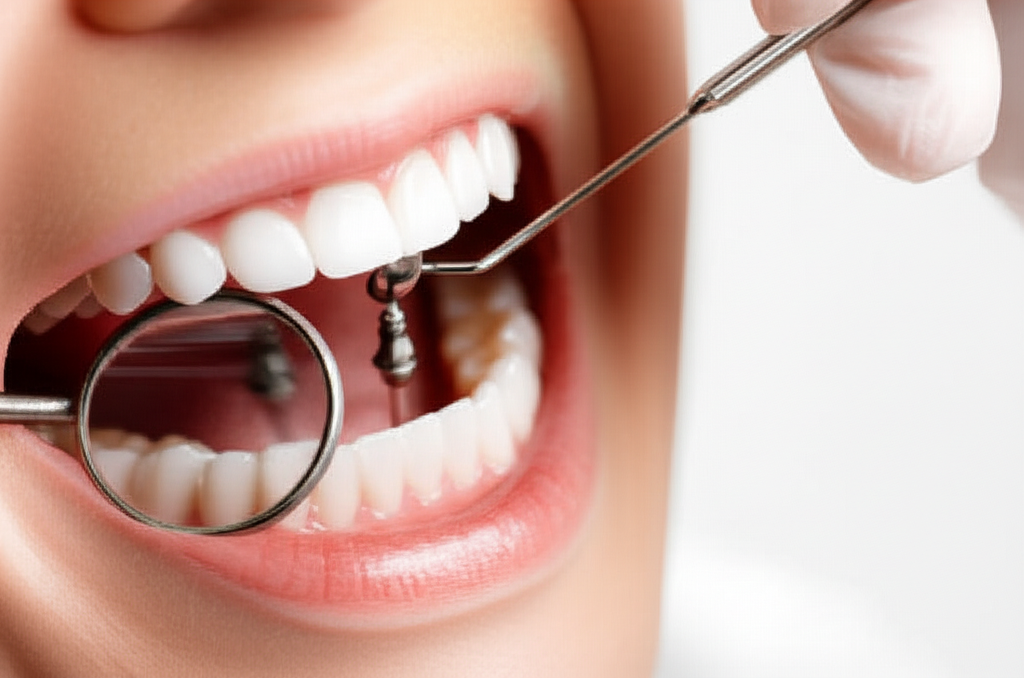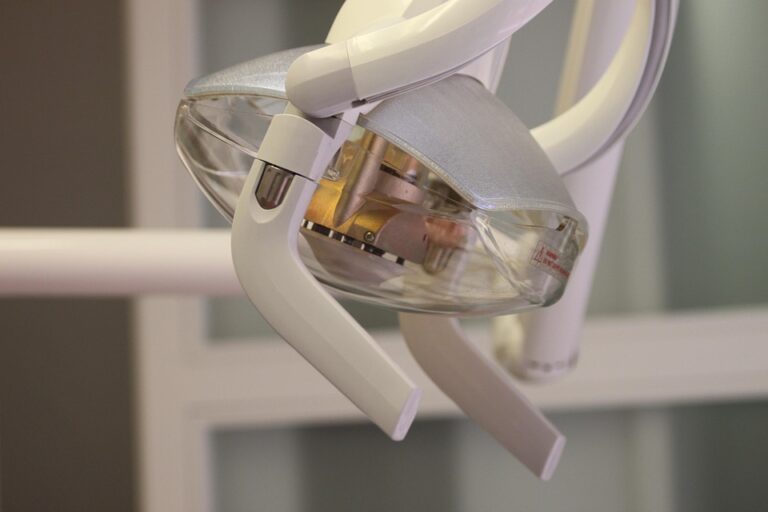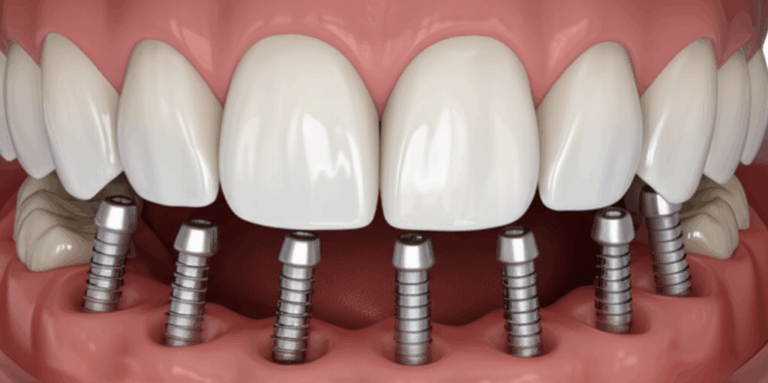
How to Clean Dental Implants: Your Complete Guide to Daily Care & Longevity
Table of Contents
- Article Outline Overview
- Why Proper Dental Implant Cleaning is Crucial
- Preventing Peri-Implantitis and Infections
- Protecting Your Investment: Longevity of Implants
- Maintaining Overall Oral Health
- Daily Home Care Routine for Your Dental Implants
- Brushing Techniques for Implants
- Flossing Techniques for Implants
- The Power of Water Flossers (Oral Irrigators)
- Interdental Brushes and Other Aids
- Mouthwash Recommendations
- Specific Cleaning Instructions for Different Implant Restorations
- Cleaning Single Dental Implants
- Cleaning Implant-Supported Bridges
- Cleaning Full-Arch Implants (All-on-4, All-on-6)
- Cleaning Removable Overdentures (Implant-Retained Dentures)
- What to AVOID When Cleaning Dental Implants
- Professional Dental Implant Maintenance
- Importance of Regular Dental Check-ups and Cleanings
- Specialized Tools Used by Hygienists for Implants
- How Often Should You See Your Dentist for Implant Care?
- Recognizing and Addressing Potential Problems
- Signs of Peri-Implantitis
- When to Contact Your Dentist Immediately
- The Link Between Poor Hygiene and Implant Failure
- Frequently Asked Questions (FAQs) About Dental Implant Cleaning
- Conclusion: Investing in Your Smile’s Future
Article Outline Overview
Before I get started, here’s what you’ll find here:
- Why cleaning the right way matters (for your mouth and your wallet)
- An easy, daily care routine for dental implants, using stuff I do myself and what my dentist told me
- How to clean different types of implants (if you’ve got just one, or a whole row)
- What NOT to do (I learned the hard way)
- How the dentist helps keep things in shape
- What warning signs to watch for, and when to get help
- Simple FAQs—because if you’re thinking it, I did too
- Some useful info on dental care, dental diseases, and implant dental laboratories to help you learn more.
Let’s get into it.
Why Proper Dental Implant Cleaning is Crucial
After I got my first dental implant, I kind of panicked: “How am I supposed to clean this thing?” Turns out, it’s not just to keep your teeth looking nice. How you clean your implant really matters for its health—and your smile.
Preventing Peri-Implantitis and Infections
Here’s what surprised me: dental implants don’t get cavities, but they still get into trouble. The main problem is peri-implantitis—a bad infection in the gums around your implant. From what I’ve read, this can happen to about 10-20% of folks within 5-10 years if cleaning gets missed. Skip your daily cleaning, and your odds get even worse. Sore, red gums or a funny taste are some signs. If you let it go, peri-implantitis can cause big problems, maybe even losing the implant.
Protecting Your Investment: Longevity of Implants
Let’s be real: dental implants are expensive. I saw it as buying back my smile and being able to eat what I want. Dentists tell me and studies show: if you keep your implant clean and see the dentist when you should, most last at least 10 years (often more). If you ignore it—even a little—you’re 4-5 times more likely to lose your implant!
Maintaining Overall Oral Health
Keeping your implant clean also protects the rest of your teeth and gums. Skipping on cleaning lets plaque and germs spread, which can hurt the whole area around the implant. I learned from reading about dental care that trouble in one spot can quickly lead to trouble everywhere.
Daily Home Care Routine for Your Dental Implants
Here’s what I actually do every day, based on what my dentist said and what’s worked for me.
Brushing Techniques for Implants
Brushing sounds easy, but the right way (and tools) makes a big difference.
- Soft-Bristled or Electric Toothbrush: I started with a soft brush, then bought an electric toothbrush with a gentle setting. Both work, but the electric one (like Sonicare) helped me clean along the gum and around the top better, and didn’t hurt my gums.
- Gentle, Careful Brushing: I brush in little circles, tilting the bristles to get under the gum a bit. Pressing hard is tempting, but go easy—brushing too hard can mess up your gums and scratch the crown.
- Toothpaste: My dentist said to skip the gritty, whitening ones. A gentle, no-grit toothpaste with fluoride is safer and doesn’t scratch the implant. Some people use fluoride-free, but that’s up to you.
Real talk: When I switched to this way of brushing, my gums didn’t hurt as much, and I stopped seeing blood on my toothbrush.
Flossing Techniques for Implants
Most folks don’t love flossing. Me neither, but it matters a LOT for implants.
- Special Floss: I use super floss or floss made for implants (like GUM’s Soft-Picks or Oral-B SuperFloss). Basic floss can work, but the thick, puffy kind cleans around the implant much better.
- Floss Threaders: If you have a bridge or a bunch of implants, use a threader to pull floss under things. It sounds tricky, but it’s the only way to really get junk out from underneath.
My tip: Normal thin floss slips over stuff and doesn’t really pick up what’s stuck there, but tufted/super floss does the job.
The Power of Water Flossers (Oral Irrigators)
The first time I used a Waterpik, I thought it was just a fancy gadget. But now I can’t go a day without it. It works fast, gently pushes out stuff my toothbrush misses, and keeps my implant area calm. Studies even say oral irrigators help with redness and swelling around implants.
How I use it:
- I fill the tank with warm water (cold water made my gums hurt)
- I use the lowest setting and point the tip right at my gum line
- I move it around every side of the implant, just for a second or two
After a few days, my gums felt a lot happier.
Interdental Brushes and Other Aids
For the little gaps, nothing beats an interdental brush. All brushes feel different—get one that slides in easy but isn’t too tight.
- Picking the Right Size: I tried a few before finding one that fits tight, but not jammed. I use TePe and GUM, but any brand works if it’s soft and not scratchy.
- Rubber Tip Massagers: Sometimes I use these to wiggle stuff out from under the crown and to rub my gums gently.
- Plaque Disclosing Tablets: Every now and then, I chew these to dye any plaque I missed. It’s like a test for my cleaning, and it shows where I need to try harder.
Mouthwash Recommendations
My dentist told me not to use mouthwash with alcohol. It dries out your mouth and stops things from healing. Instead, I use gentle, alcohol-free ones with a mild germ-killer. Only after surgery or if my dentist says so, I use a strong rinse like chlorhexidine—but only for a short time because it can stain.
Quick tip: Swish softly, don’t gargle hard. Your gums don’t like harsh rinsing.
Specific Cleaning Instructions for Different Implant Restorations
Implants aren’t all the same. Here’s what I do for each kind.
Cleaning Single Dental Implants
If you have one implant, just treat it like a regular tooth, but pay more attention around the gum. I make sure to brush every side, floss around it, and sometimes use an interdental brush for the space next door. Just having one isn’t an excuse to get lazy.
Cleaning Implant-Supported Bridges
Implant bridges cover a lot more space. That means more places for stuff to get stuck. I use a floss threader to pull floss under the bridge, hit it with water floss, and sometimes use a brush at the ends.
Cleaning Full-Arch Implants (All-on-4, All-on-6)
If you have All-on-4 or a full set, food loves to hide under it. Here’s what I do:
- Use a water flosser every day
- Super floss with a threader under the arch
- Use an interdental brush if there’s a space
It takes some time, but you have to do it.
Cleaning Removable Overdentures (Implant-Retained Dentures)
If your denture pops in and out, clean both parts every day:
- Take out the denture and brush it gently
- Brush and wipe the parts sticking up in your mouth
- Rinse everything well before you put it back
Just cleaning the denture isn’t enough—the metal bits in your mouth need love too.
What to AVOID When Cleaning Dental Implants
If I could go back in time, I’d avoid:
- Abrasive Toothpastes: The scratchy, white pastes can scrape your crown. I learned my lesson and switched to a soft paste.
- Metal Picks (at home): Don’t use those pointy metal tools. They’ll chip or scratch your implant. Stick to plastic or brushes made for implants.
- Alcohol Mouthwashes: These dry out your mouth and bug your gums.
- Really Hard Brushing or Flossing: Harder isn’t better! Scrubbing can make your gums back away or show the metal part at the root.
Professional Dental Implant Maintenance
Daily cleaning is good, but only a dentist gets the tough stuff out.
Importance of Regular Dental Check-ups and Cleanings
Every dentist I know says: go every 3-6 months. It’s not just a box to tick. They catch small problems before they turn big. Studies show regular dentist visits keep your implant around way longer.
Specialized Tools Used by Hygienists for Implants
At check-ups, my hygienist uses tools made of plastic or resin (not metal!) and sometimes special air polishers. These get off hard junk and sticky stuff without scraping my implant. Sometimes, they use that red dye to show me what I miss at home.
How Often Should You See Your Dentist for Implant Care?
I go about every four months. My dentist said 3-6 months is good, depending on your health, if you smoke or have gum problems. More important than anything is just being regular. These visits aren’t just about cleaning—they make sure your implant isn’t loose and the bone is healthy.
Recognizing and Addressing Potential Problems
I’ve messed up before. Let me warn you what to watch out for.
Signs of Peri-Implantitis
Look out for:
- Red, puffy, or bleeding gums near your implant
- Bad breath that won’t go away
- Sore or achy gums
- If the implant feels wobbly
- Any pus or leaking
Even one sign like this—call your dentist, don’t just brush harder.
When to Contact Your Dentist Immediately
Once I waited too long when my gum was bleeding. Not worth it. Call your dentist if you see:
- Pain that’s getting worse or not going away
- Swelling getting bigger in a day or two
- Your implant or crown feels loose
That’s not normal. Fast action can save your implant and make things way easier.
The Link Between Poor Hygiene and Implant Failure
It’s true—people who slack off on cleaning are 4-5 times more likely to lose their implant. Big risks like smoking or diabetes make it worse. I watched a friend lose his because he thought, “implants take care of themselves.” They don’t.
Frequently Asked Questions (FAQs) About Dental Implant Cleaning
Can dental implants get cavities?
Nope, the implant can’t rot, but the gums and bone can get infected.
Do I need special toothpaste for implants?
No need for anything fancy—just skip the rough, whitening kinds. Use something gentle.
Is an electric toothbrush OK for implants?
Yes—just use a soft brush and pick the easy setting.
How long will my dental implant last with good cleaning?
Take good care, and it’ll last over 10 years (often a lot longer).
What happens if I don’t clean my implants well?
You get gum infections, lose bone, and maybe lose the implant. Keeping it clean is a LOT easier than fixing a mess.
Conclusion: Investing in Your Smile’s Future
Here’s what I know after all this: Clean your implants every day, use the right stuff, don’t skip the dentist, and you’ll protect your smile and your wallet. If you slip up (I have!), just get back at it. You’re not on your own—your dental team and info about teeth health are there for you.
So, take those few extra minutes each day. Future you—with a strong bite and a nice smile—will thank you.








